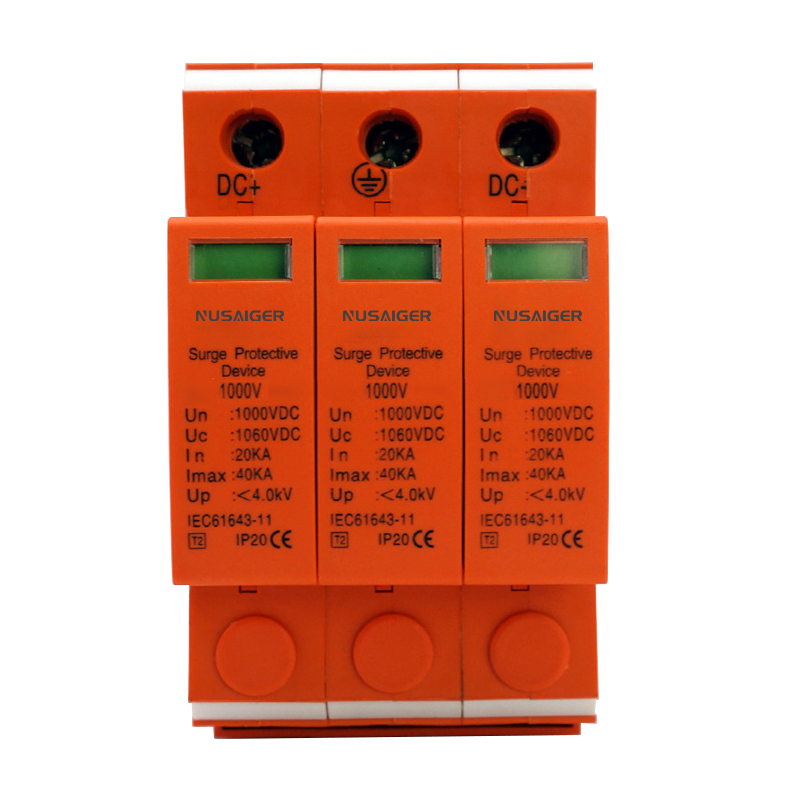How Surge Protective Devices Improve Solar PV System Safety and Efficiency
As solar photovoltaic (PV) systems become more widespread, the need for robust surge protection grows. Solar inverters, combiner boxes, and monitoring systems are vulnerable to lightning strikes and electrical surges, especially in exposed rooftop or rural installations. Surge Protective Devices (SPDs) are essential components for maintaining the reliability and longevity of solar systems.
Unique Surge Risks in PV Systems
PV arrays are often located in high-exposure environments—on rooftops or open fields—making them prime targets for lightning-related surges. Additionally, the long DC cable runs increase the potential for induced voltage spikes.
Where to Install SPDs in PV Systems
- At the DC side: between PV strings and inverters (typically within the combiner box)
- At the AC side: between inverters and the main panel
- At communication and monitoring lines to protect control electronics
Benefits of Using SPDs in Solar Installations
SPDs reduce downtime, prevent damage to costly inverters, and ensure continuous energy generation. They also reduce maintenance costs and support compliance with international electrical codes and solar safety standards.
Choosing the Right SPD for PV Systems
Look for SPDs rated for DC applications with high voltage thresholds (e.g., 600V, 1000V DC). They should have thermal disconnection features and be compatible with your inverter model.
Conclusion
Surge protection is not optional for solar PV systems—it’s a core requirement for safety, performance, and investment protection. By strategically installing SPDs on both DC and AC sides, solar users can ensure maximum uptime and avoid costly repairs.



